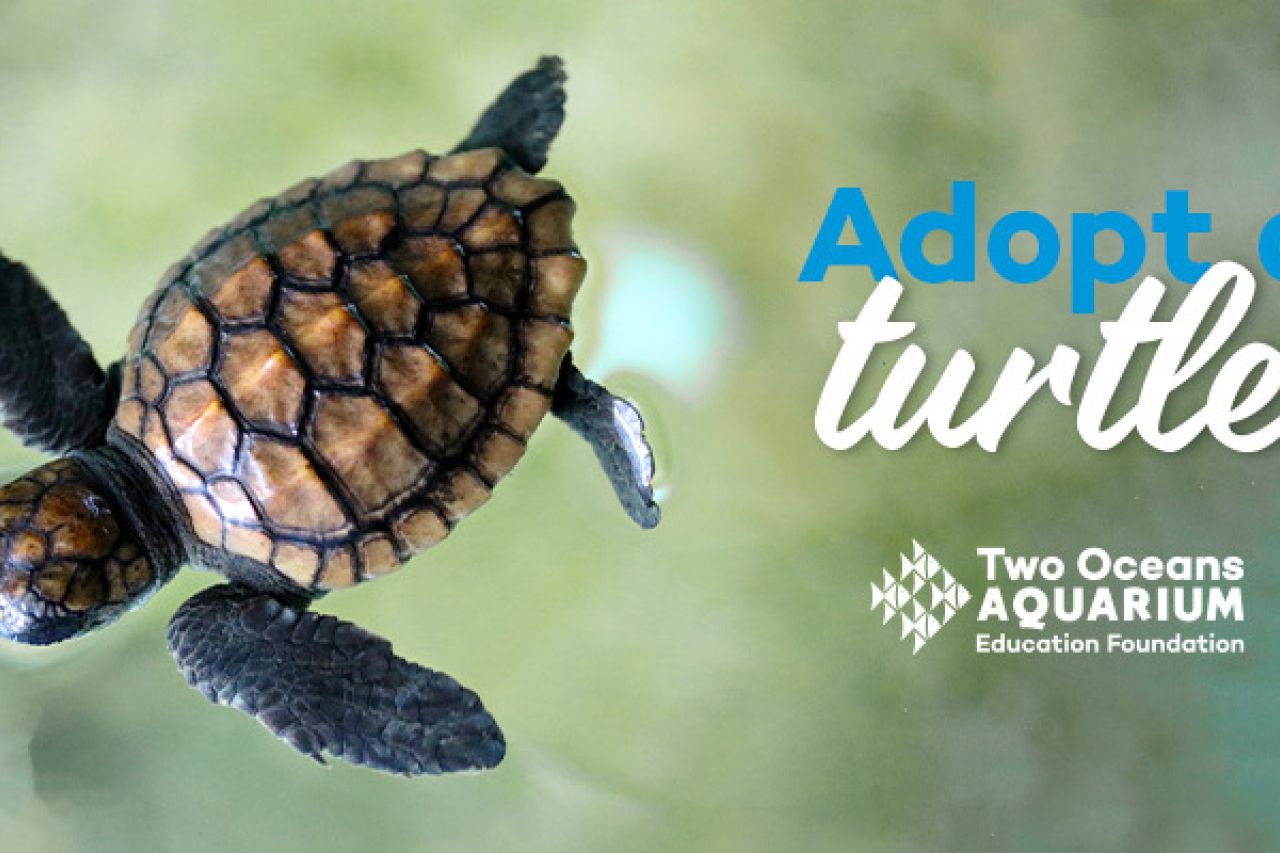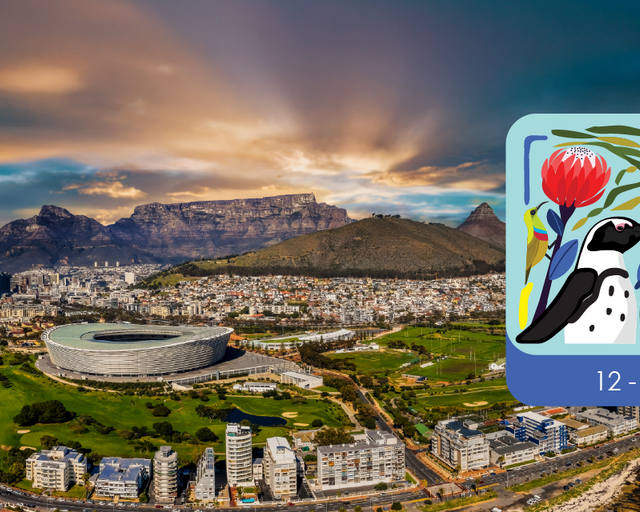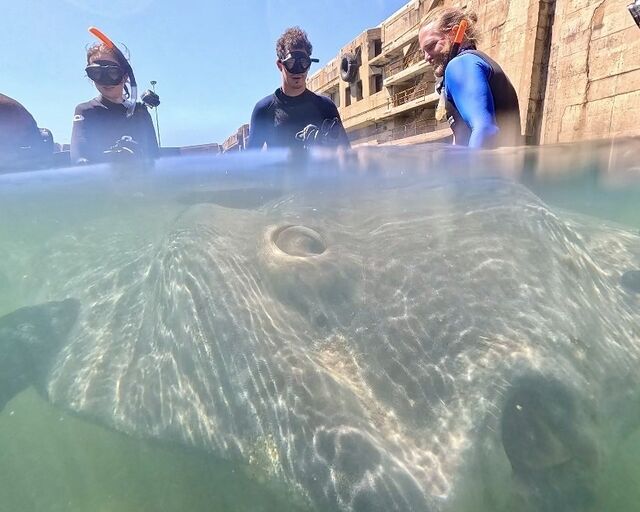Turtle rehabilitation at its finest: What I learned from the turtle rehabilitation team
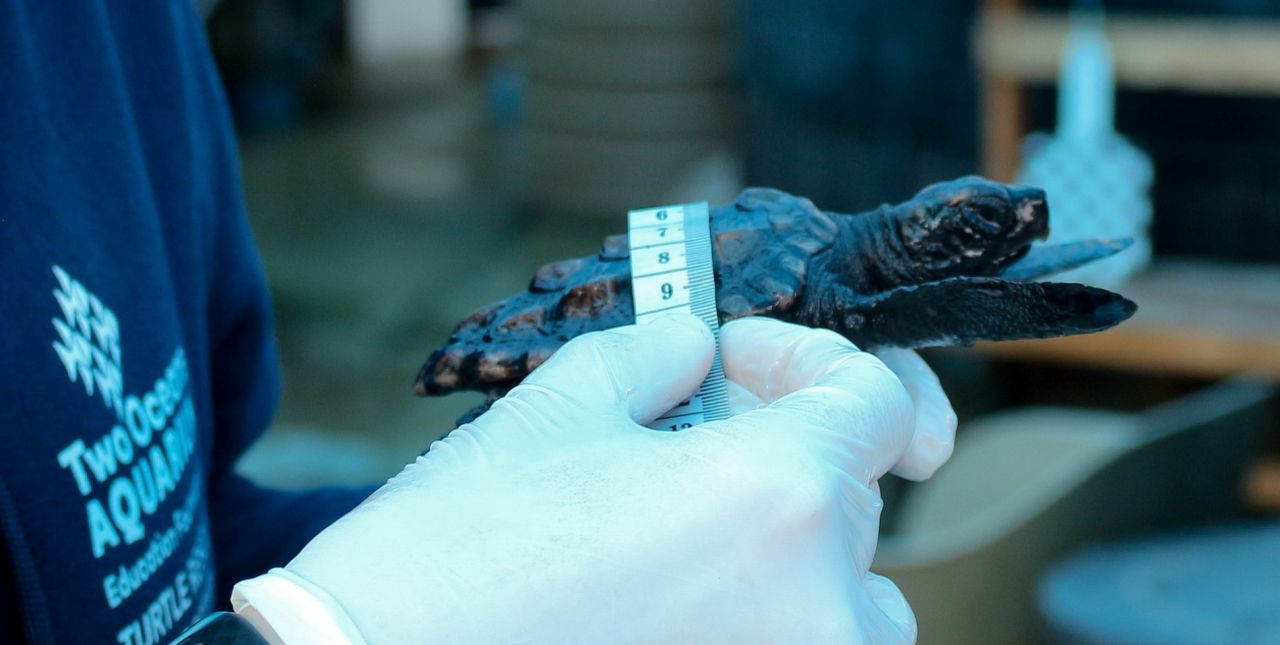
Turtles live most comfortably in warmer water. Being reptiles, they regulate their body temperature according to the ambient water temperature. So, when the weaker hatchlings find themselves in cold water for too long, they become cold-stunned. Many of these weakened turtles are also injured and fighting illness. This, combined with the cold water, leads to them being washed up onto the shore. At this point, only human intervention can save them - these turtles need to be rehabilitated to ensure that their injuries and ailments do not prevent them from functioning properly when they are released back into the wild.
The Two Oceans Aquarium Foundation turtle rehabilitation programme aims to rescue, rehabilitate and release turtles that wash up on shores all along the Western Cape. At the forefront of the programme are the rescue team and members of the public, who find and bring these turtles to the Aquarium. Once these turtles arrive at the Aquarium, they undergo rehabilitation in hopes of eventually releasing them back into the wild. So, besides the programme’s obvious life-saving work, what is it that makes this programme so special?
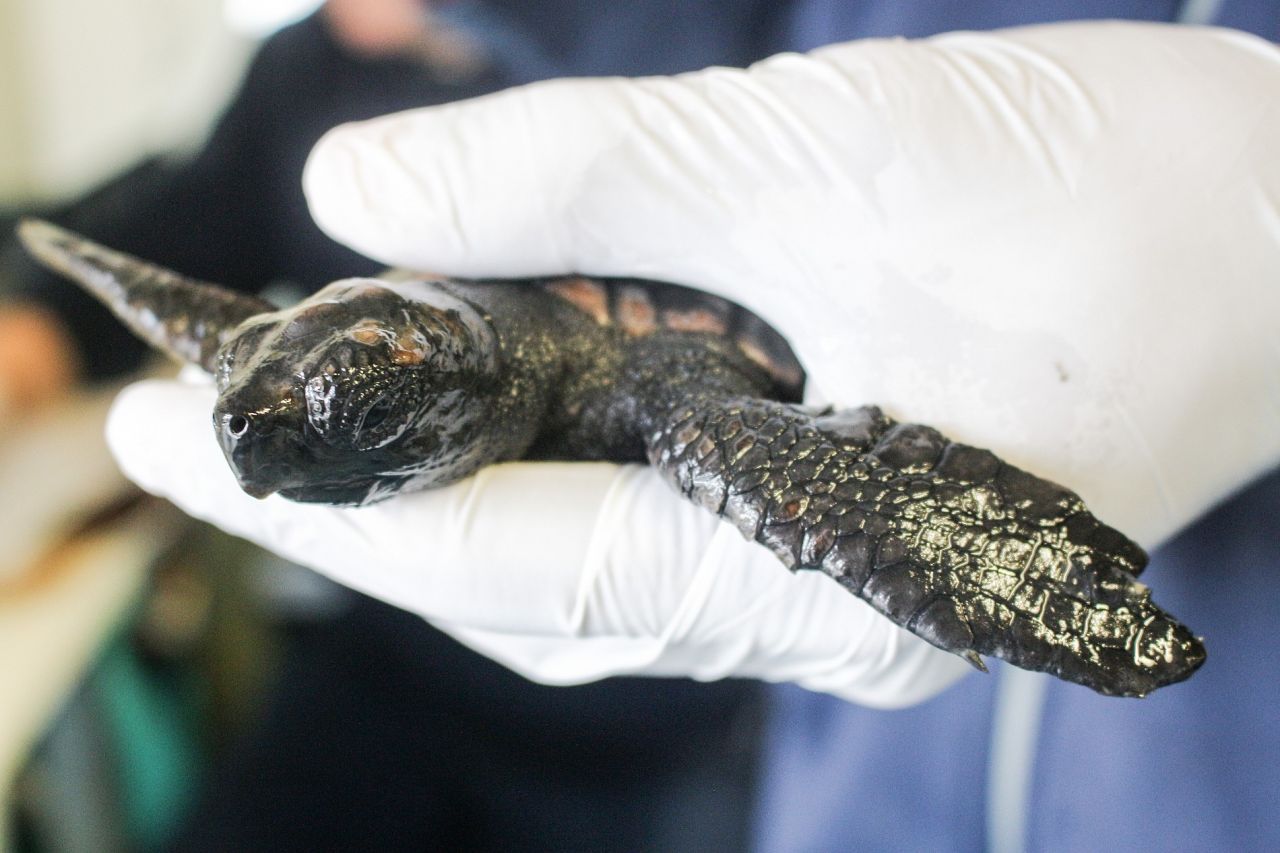
For starters, this turtle rehabilitation programme is one of the very few in the world that treats this many stranded hatchlings. Typically, other programmes deal more with juvenile and older turtles, as opposed to hatchlings. Hatchlings tend to require more specialised attention, as they are more vulnerable, especially when injured or ill.
The turtle rehabilitation programme also provides great enrichment for all the turtles in its care. Enrichment promotes normal behaviour and is helpful in preparing for release. It also provides the turtles with opportunities, challenges and stimulation, that teaches them to positively respond to potential stressors. A good example of enrichment in action is how Bob is being prepared for eventual release.
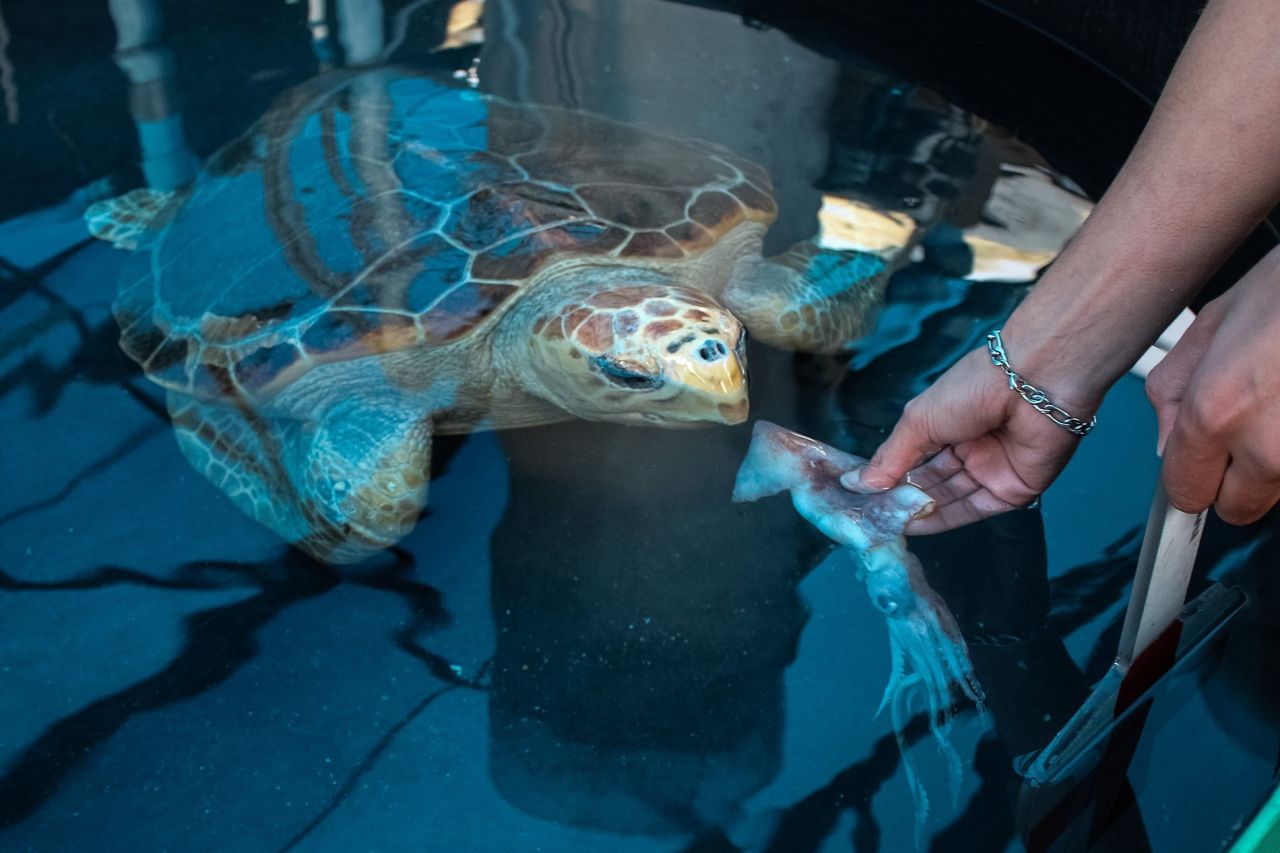
A major contributing factor to the effectiveness of the programme is the amazing team that works to treat these turtles to ensure a full recovery and ultimate release. Taking the time to understand and get to know each turtle individually is one of the most important aspects of the programme. The turtle team comprises of individuals who all share a passion and love for the animals they work with - their determination to help each turtle is second to none!
The Two Oceans Aquarium Foundation team is fortunate enough to experience and work with five of the seven turtle species. These species are: loggerhead, leatherback, green, hawksbill, and olive ridley turtles. These species are all completely unique, which makes getting to know them a wonderful experience!
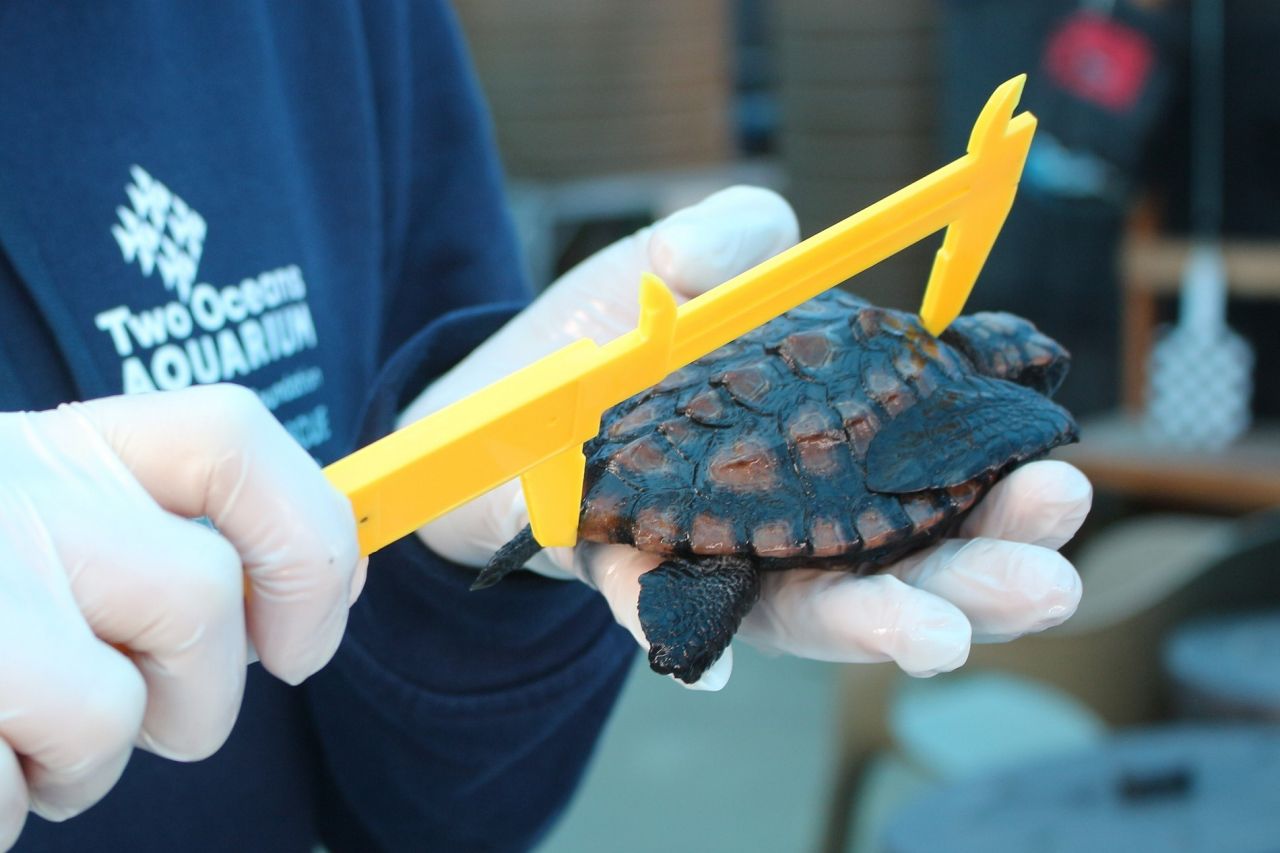
The turtle programme also benefits from the use of the Aquarium’s I&J Ocean Exhibit, which is used as a “soft release” environment for larger turtles before they are released back into the ocean. A "soft release" helps with observing the turtles’ behaviour and ensuring that they are ready for their big day.
The turtle rehabilitation programme has been extremely effective thus far, largely because of valued support from members of the public and amazing partners like Consol Glass, which has adopted two of the hatchlings through the turtle adoption campaign. Thank you!
If you are interested in learning more about how to adopt a turtle and contribute to the programme’s incredible work, you can find out how here.
